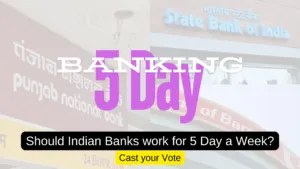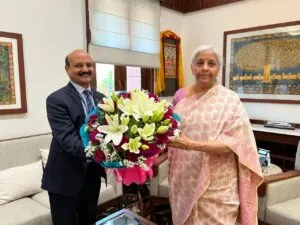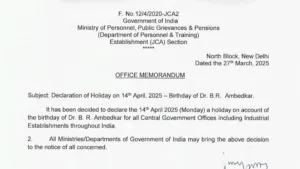
Regional Rural Banks (RRBs) have shown remarkable financial growth by earning a record profit of ₹7,571 crore during the financial year 2023-24. The financial health of RRBs has improved significantly in recent years. They achieved the highest-ever consolidated net profit in FY24, reflecting their growing role in rural banking. RRBs have improved in key financial indicators such as:
- Capital to Risk-Weighted Assets Ratio (CRAR)
- Deposits and Advances
- Non-Performing Assets (NPA)
- Credit-to-Deposit (CD) Ratio
The total balance sheet size of RRBs has also expanded. It grew from ₹7,04,556 crore in FY22 to ₹8,40,080 crore in FY24. This indicates that the banks now have more financial capacity to serve rural areas.
Decline in NPAs and Rise in CD Ratio
Another positive development is the decline in net Non-Performing Assets (NPAs), which dropped from 4.7% in 2021-22 to 2.4% in 2023-24. This means that RRBs have been more efficient in managing loans and recovering payments. Additionally, the credit-to-deposit ratio improved from 64.5% in FY22 to 71.4% in FY24, reflecting better loan disbursement compared to the deposits they hold.
RRBs contribution in Financial Inclusion
RRBs are the backbone of financial inclusion in the rural areas of India. RRBs help in implementation of various government schemes such as Pradhan Mantri Jan Dhan Yojana (PMJDY), Pradhan Mantri Suraksha Bima Yojana (PMSBY), Pradhan Mantri Jeevan Jyoti Bima Yojana (PMJJBY), Atal Pension Yojana (APY). These schemes offer a lot of benefits to the people and RRBs play a very important role in creating awareness about these schemes.
Farmers Loans
RRBs also provide easy and collateral free loans to farmers as per various government schemes. One such popular scheme is Kisan Credit Card (KCC). Through this scheme, Farmers get loans at very low interest rate and also avail the benefit of Modified Interest Subvention Scheme (MISS). Under this scheme, the central government provides 1.5% interest subvention on short-term working capital loans up to ₹3 lakh. These loans, offered at a base interest rate of 7% per annum, are aimed at supporting farmers. Farmers who repay their loans on time receive an additional benefit—a 3% prompt repayment incentive. This reduces the effective interest rate to just 4%, making it easier for farmers to access affordable credit.
In the Union Budget 2025-26, the government announced an enhancement in the loan limit under the Kisan Credit Card (KCC) scheme. The loan limit, previously capped at ₹3 lakh, has been increased to ₹5 lakh, allowing farmers to access higher amounts for their agricultural needs.
To further simplify loan applications, the government has launched the Jan Samarth Portal, a one-stop digital platform that connects users to 15 government-backed loan and subsidy schemes. This portal offers a quick, hassle-free way to apply for loans and receive digital approvals.










